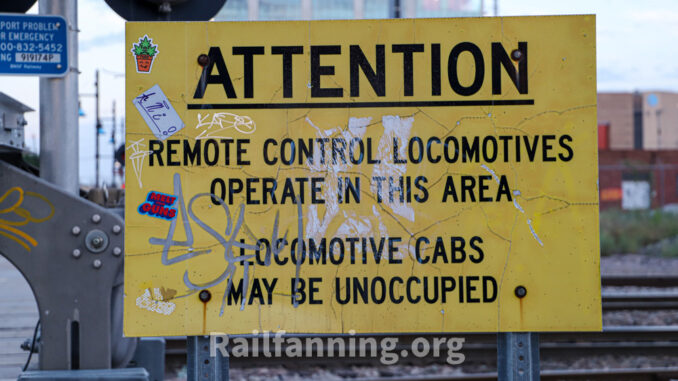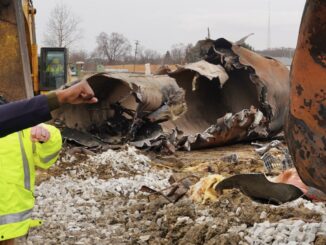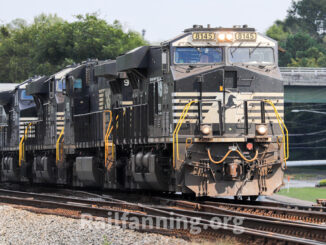
(The Center Square) – Representatives from more than a dozen states are pursuing local measures to help ensure railroad safety.
The actions in Arizona, Idaho, Indiana, Iowa, Kansas, Maine, Michigan, Minnesota, Nevada, New Jersey, New York, North Carolina, Ohio, Pennsylvania, Texas, Utah, Virginia, and West Virginia are mostly in response to the train derailment along the Ohio-Pennsylvania border on Feb. 3.
Members of the U.S. House of Representatives introduced a bill in February seeking tighter safety measures for trains carrying hazardous materials, including speed caps at 50 miles per hour, the use of special cars for transportation, and newer braking equipment.
A bill introduced in the U.S. Senate on May 1, the Railway Safety Act of 2023, calls for requirements on defect detectors, a minimum of two people manning the trains, and increasing safety violation fines. U.S. Transportation Secretary Pete Buttigieg said on Twitter that the rail safety legislation “includes provisions we’ve been calling for since February.”
Ian Jefferies, the president and CEO of the Association of American Railroads, said in a statement about the RSA, “Railroads support items of this bill and remain fully committed to working with the committee and all members of the Senate to build on these improvements, with the ultimate goal of ensuring all provisions result in meaningful data-driven safety advancements that all can support.”
Neither bill has passed a chamber.
President Joe Biden spoke out in support of the RSA in a press release in March, saying “this legislation provides us with tools to hold companies accountable to prevent terrible tragedies like the Norfolk Southern derailment in East Palestine and to make those communities whole.”
The Infrastructure Investment and Jobs Act, signed by Biden in November 2021, provided federal funding to the Federal Railroad Administration to help it create new programs and expand existing ones.
The legislation included $102 billion in total funding, $10 billion of which the Railroad Administration planned to pump into consolidated rail infrastructure and safety improvements.
On May 1, the Railroad Administration submitted a notice of funding opportunity of $5 million to incentivize the development of safety and sustainability on railways. The grant would be annually reimbursed given that useful innovations continued.
It also announced more than $570 million to fund project grants in 32 states. The Biden administration said the program, the Railroad Crossing Elimination Grant Program, will “make a difference in people’s everyday lives by improving safety and convenience.”
“Every year, commuters, residents, and first responders lose valuable time waiting at blocked railroad crossings – and worse, those crossings are too often the site of collisions that could be prevented,” Buttigieg said. “As part of President Biden’s Investing in America agenda, we’re improving rail crossings in communities across the country to save lives, time, and resources for American families.”
State legislatures have continued to advance measures in recent weeks.
Several provisions, including Pennsylvania’s House Bill 1028, would limit the length of trains to no more than 2 miles long and limit the amount of time trains can block road crossings.
Most state governments, including Ohio, have also pursued requiring two-person crews and the use of defect detectors.
Ohio was among the first to pass legislation on railroad safety, with Gov. Mike DeWine signing a nearly $13.5 billion state transportation budget in March.
The measure primarily funds bridges and highway projects over the next two years, but also includes measures for railroad safety.
In March, Utah passed legislation creating an Office of Rail Safety to help examine railroad disputes over widening roads and rail crossings and help prevent derailments. Minnesota Gov. Tim Walz also signed a bill requiring railroads to provide information to public safety agencies on the transportation of hazardous materials.
— J.J. Brannock




